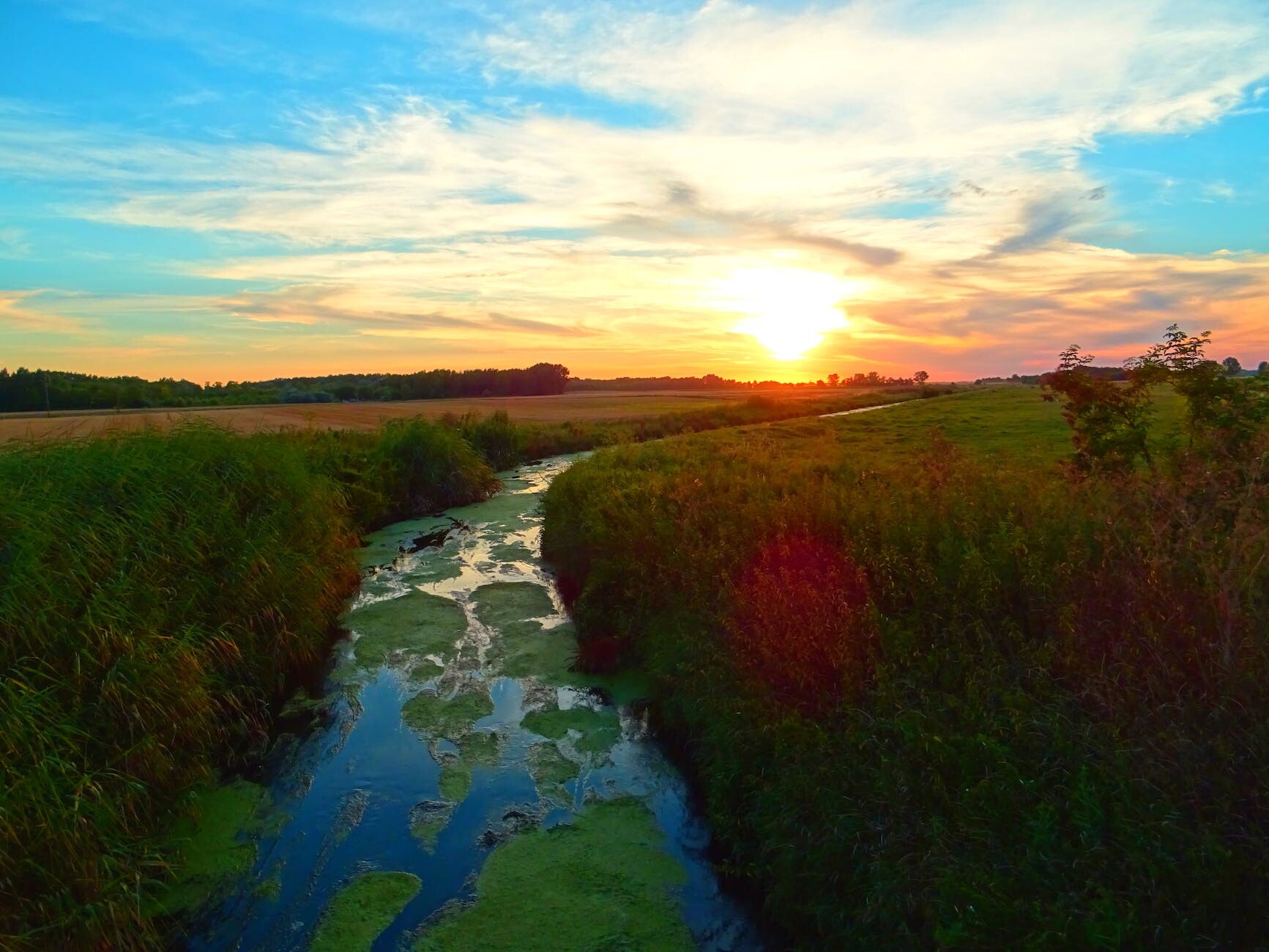Last updated on March 2nd, 2024 at 05:52 pm
Below is a list of problems facing Mwea Irrigation in Kenya. Mwea Irrigation is a prominent agricultural project located in Kirinyaga County, Kenya, and it plays a significant role in food production and economic development.
However, like any large-scale agricultural endeavor, Mwea Irrigation faces its fair share of challenges. In this article, we will explore the most pressing problems affecting Mwea Irrigation and discuss potential solutions to overcome them.
In no particular order here is a list of problems facing mwea irrigation in Kenya:
1. Inadequate Water Supply
One of the major challenges faced by Mwea Irrigation is the issue of insufficient water supply. Mwea relies heavily on water from the Tana River, but the availability of water has been inconsistent, leading to irrigation water shortages. Insufficient water supply directly affects crop yield and productivity, leading to lower agricultural output. Implementing effective water management strategies, such as investing in water storage facilities and improving irrigation infrastructure, could alleviate this problem.
2. Soil Erosion
Soil erosion poses a significant threat to the sustainability of Mwea Irrigation. The continuous cultivation of land without proper soil conservation practices has resulted in erosion, leading to a decline in soil fertility. The erosion of topsoil also leads to the sedimentation of irrigation canals, reducing their carrying capacity and efficiency. To combat soil erosion, adopting conservation practices such as terracing, contour plowing, and cover cropping can help minimize soil loss and maintain soil fertility.
3. Pest and Disease Management
Pests and diseases can wreak havoc on crops, leading to substantial losses in agricultural production.
Mwea Irrigation faces various pests and diseases, including rice blast, stem borers, and nematodes.
Lack of proper pest and disease management practices, including timely application of appropriate pesticides and crop rotation, has contributed to increased crop losses. Implementing integrated pest management (IPM) techniques and providing farmers with training and support can significantly improve pest and disease control in the region.
4. Inefficient Water Distribution
Another problem faced by Mwea Irrigation is the inefficient distribution of water to farmers. Uneven water distribution can result in some farmers receiving more water than they require, while others receive inadequate amounts. This imbalance leads to suboptimal crop growth and productivity. Implementing modern irrigation technologies, such as drip irrigation and precision sprinkler systems, can improve water distribution efficiency, ensuring that each farmer receives the necessary amount of water for their crops.
5. Limited Access to Credit and Financing
Access to credit and financing is a significant challenge for many farmers involved in Mwea Irrigation. Lack of financial resources limits farmers’ ability to invest in modern agricultural technologies, purchase high-quality inputs, and expand their farming operations. Creating partnerships between financial institutions and agricultural stakeholders, as well as offering tailored loan products and financial literacy training, can enhance farmers’ access to credit and stimulate agricultural growth in the region.
Conclusion
Mwea Irrigation in Kenya faces several challenges that hinder its full potential. Addressing these issues requires a collaborative effort from government agencies, agricultural organizations, and farmers themselves.
By implementing sustainable water management practices, adopting soil conservation techniques, improving pest and disease management, enhancing water distribution systems, and facilitating access to credit and financing, we can pave the way for a more productive and resilient Mwea Irrigation.
Let’s work together to overcome these challenges and ensure the long-term success of this vital agricultural project in Kenya
